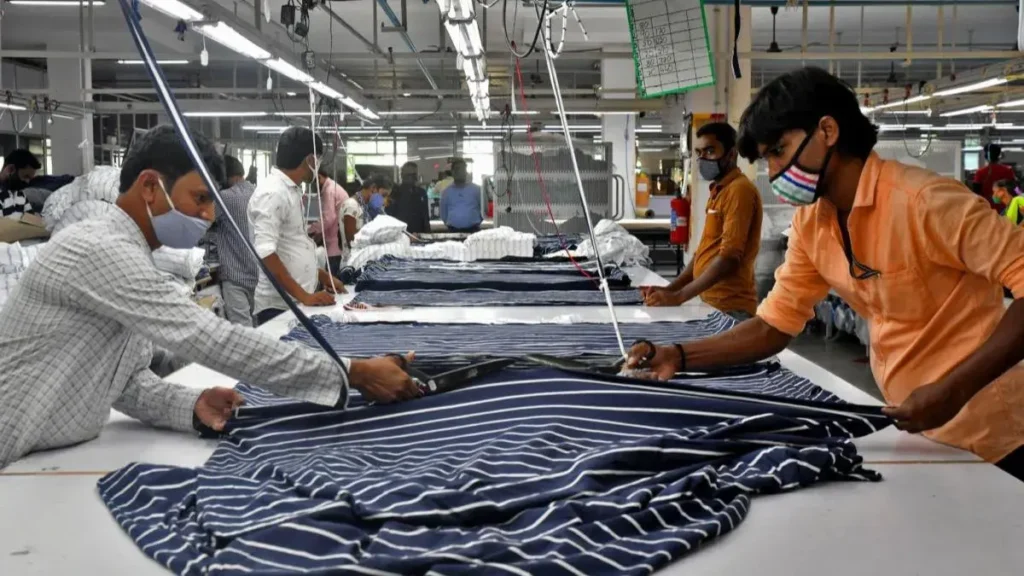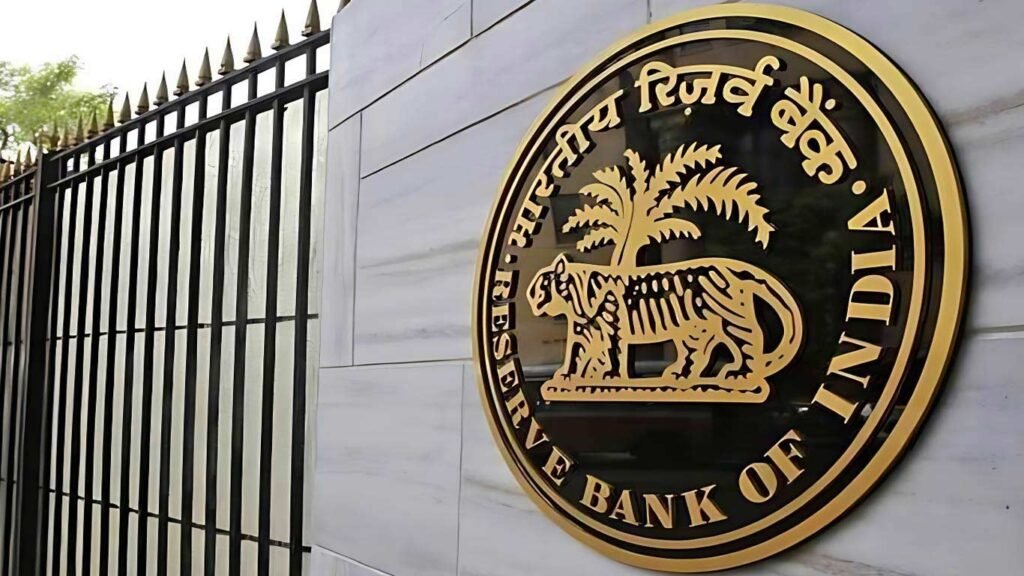Indian Textile Exporters Fear 5 Lakh Job Losses as US Tariffs Kick In
Indian textile companies are staring at a crisis as the Trump administration’s decision to impose a 50% tariff on imports from India takes effect from Wednesday. Exporters are rushing to the US to renegotiate existing deals and secure future orders amid growing uncertainty. Industry leaders warn that the impact could be severe, with nearly five lakh jobs—both direct and indirect—at risk. Credit rating agency Crisil has projected that the revenue growth of India’s readymade garment manufacturers could slow to nearly half its current pace due to the tariff shock. “Exporters are urgently reviewing current and future orders with their teams. Our immediate concern is the possibility of massive job losses, with factories facing a bleak future,” said Vijay Agarwal, chairman of the Cotton Textiles Export Promotion Council and garment exporter Creative Group. He is set to travel to the US this week for buyer negotiations, while also urging the Indian government to direct banks to offer relief on debt repayments. Adding to the industry’s worries, Indian manufacturers now face an uneven playing field. Competitors from China, Bangladesh, Vietnam, and Cambodia enjoy far lower US duties, making Indian products less competitive. “US buyers are demanding discounts to offset the tariff hike, but that’s practically impossible for us. The uncertainty is overwhelming,” said Raja Shanmugam, former president of the Tirupur Exporters Association and MD of Warsaw International. The sector is now looking to the government for urgent intervention as exporters struggle to chart a path forward. Source: Economic Times
Indian Textile Exporters Fear 5 Lakh Job Losses as US Tariffs Kick In Read More »










